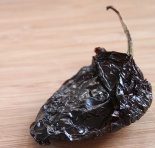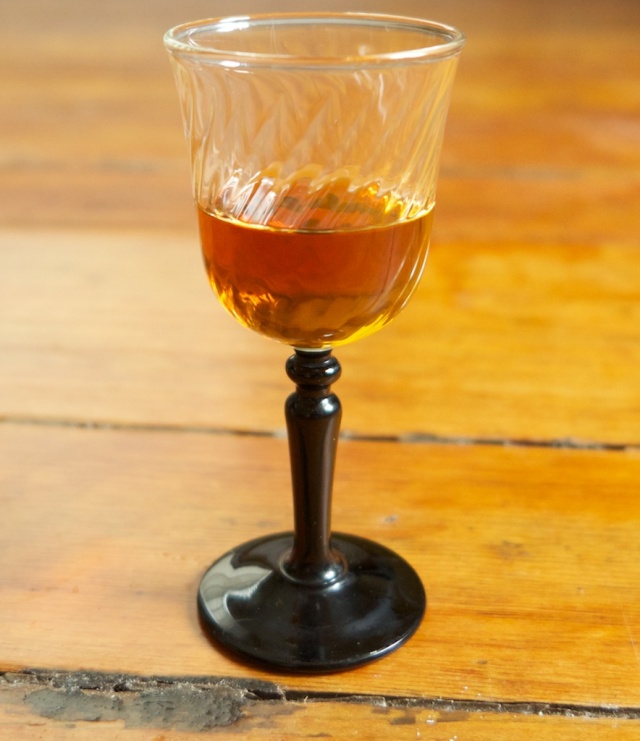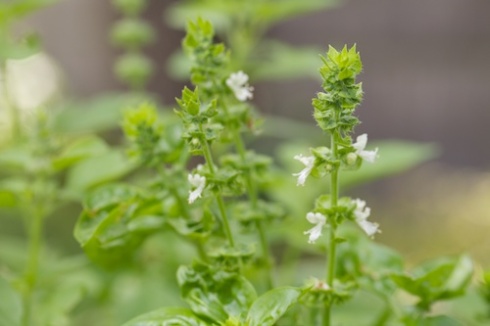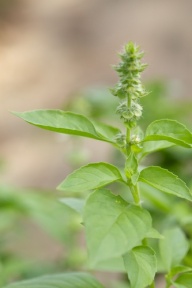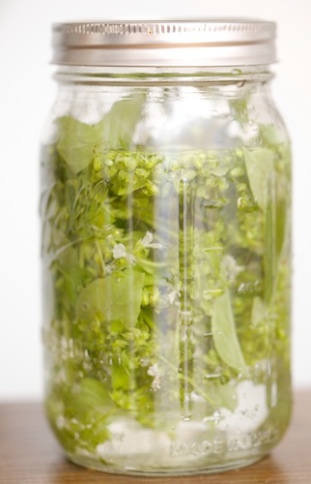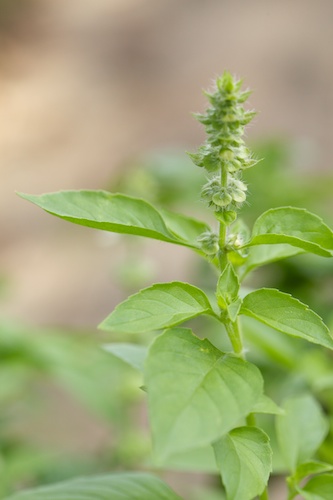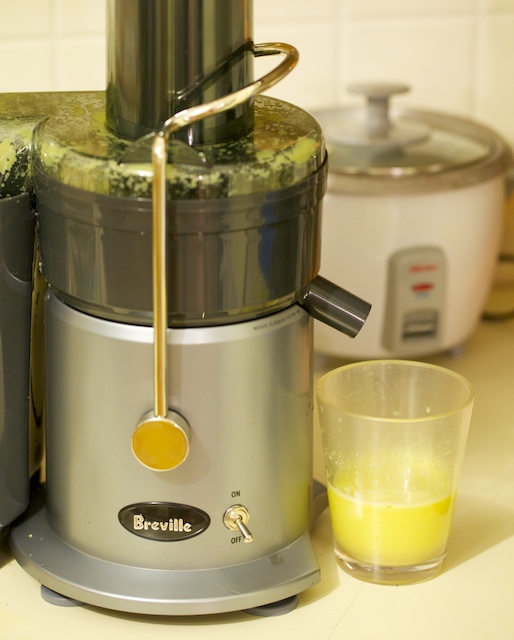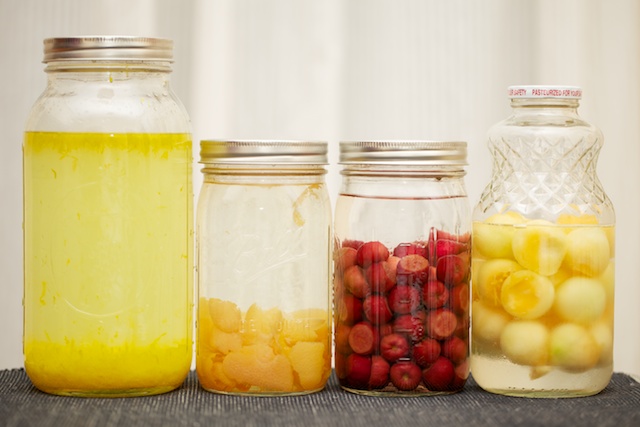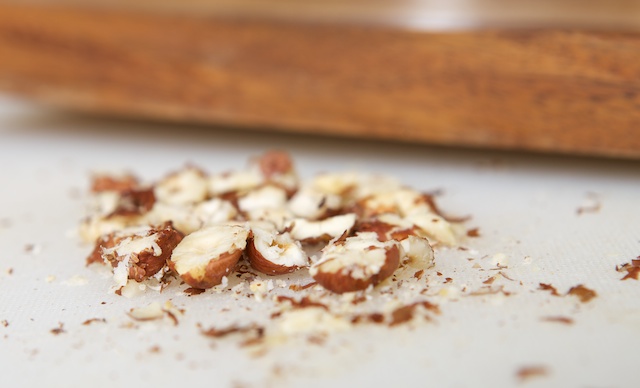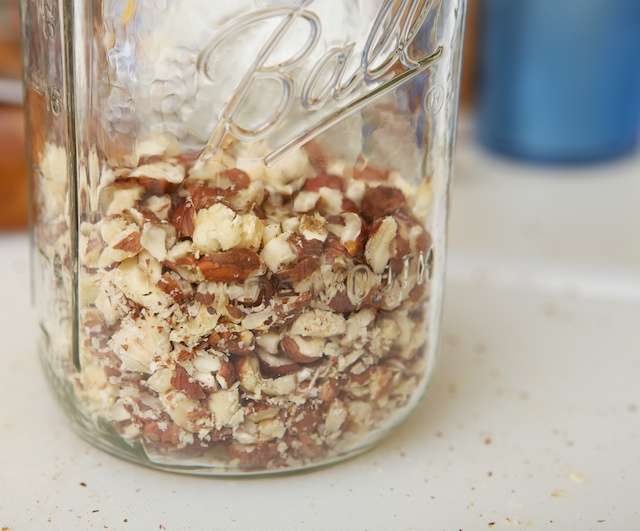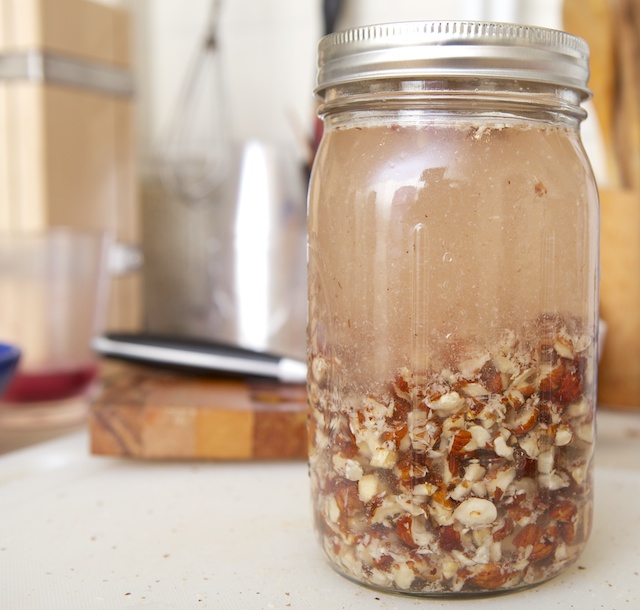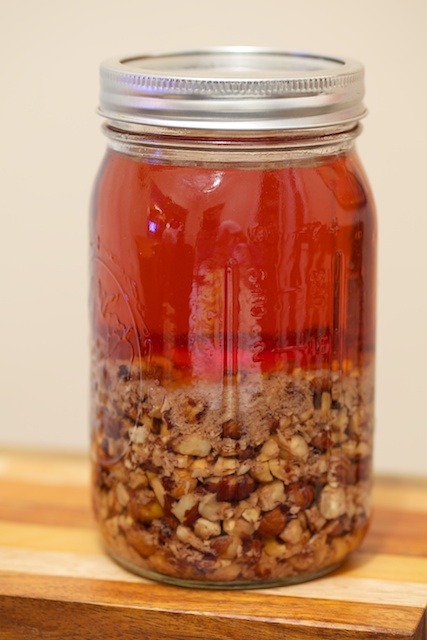It’s been so long, what happened?
Well, I bought a house, discovered the art of brewing, discovered the sport of power tools and home maintenance, and decided I really want a loft lounge in our victorian attic.
But! I’d like to get back in, so here are some tips on making your own cider. I will try to repost with photos soon, but it’s really quite simple.
Let’s start with a 1-gallon batch, for simplicity’s sake. As luck would have it, Whole Foods sells a 1-gallon glass jug of organic apple juice. It’s not the best juice to make cider with, but it’ll do!
Get a #6 rubber stopper with a hole drilled in it–brew shops sell em for a buck.
Get a plastic airlock–also a buck or two at brew shops. Several home brewing websites also sell them, some through amazon.
You will need brewing yeast as well. You have two options: a white wine yeast or an ale yeast. Wine yeast will result in a nearly bone dry result, the ale will have a bit more character, but benefits from aging more. Lavlin White Wine yeast adds nice glycerin notes, making it less shockingly light and dry; nottingham ale yeast is a fine ale choice.
You will also need some sort of sanitizer. You’ll read how critical this is on a lot of online forums, and it’s true. However, cider is a lot more forgiving of a bit of bacteria than other fermented beverages (basically, apple juice is nothing but simple sugars, so the yeast will win out in the end almost every time).
A teaspoon of bleach with a couple cups of cold water will be fine. I prefer star san no rinse sanitizer.
Rub everything down in sanitizer. If you are using bleach or another not no-rinse type, be sure to rinse thoroughly. Tap water will have minute amounts of harmless bacteria–this isn’t great for your cider, but it isn’t the end of the world.
A packet of yeast is made for 5 gallons. Again, sites will say you shouldn’t save any for later. My experience differs. I have opened a packet, taken roughly a quarter out for a batch, and wrapped the rest in clear plastic wrap and stored it in the fridge–I’ve yet to have an issue after about 15 batches.
So! Bring a half cup of water to a boil then let it cool to 80-90 (will feel warm but not hot)–don’t stick your fingers in the water, dope. Hot tap water might be OK, but I am usually wary of that. Let the yeast (1/4 or more of the packet) sit in there for 5-10 minutes.
Meanwhile, dump out about half a cup of juice. Put cap back on and shake bottle. Open cap and let things air out for 15 seconds. Put cap back on and shake some more. Repeat a couple times if you can. This is to get some oxygen into the juice, which the yeast needs to multiply and thrive.
Dump the yeast into the jug and gently shake to make sure things are mixed up. Put the stopper and airlock on and store in a dark place with a suitable temperature for the yeast–usually 60-70. A bit outside those lines is usually OK.
After 24-48 hours, things should be bubbling up like nobody’s business. In 5-10 days, the bubbling will slow down and eventually stop. There will be about an inch of sludge at the bottom of the jug that sort of looks like peanut butter. When the bubbling appears to stop, give it a light shake, which should release a bit more carbon dioxide. To be safe, wait a day or two more.
Bottling time! You can technically just throw the whole thing in the fridge and enjoy as is. It won’t be very carbonated though. If you want bubbles!:
Get 3 1 liter flip top bottles and 1 half liter one (or any combo of such bottles to get 3.5 liters. Like these. A restaurant supply shop near my house sells the liter size for $3.
Sanitize the bottles–my dishwasher has a sanitize option, so I generally use that with no detergents. Evenly distribute 8 ounces of apple juice among the bottles, roughly 2 ounces per liter, 1 ounce per half liter. Be sure to only use sanitized utensils. Gentle pour the cider into the bottles (use a sanitized funnel), being sure to leave 2 inches of space at the top.Be very cautious to not disturb the sludge that’s settled in the bottle
Close up the bottles and set aside at room temp for at least a week. At this point they’re ready. Chill before opening. Will only get better after a couple months, but with such a small batch it’s hard to wait 😉
Want it sweet? Two easy options: add fake sweetener at bottling time, or keep a small bottle of apple juice in the fridge and add an inch or so (to taste) to your glass before pouring in the cider.
That’s it! OK, maybe this is rambly so hopefully it makes sense.
Here are some tips for better results:
- Yeast nutrient! This is a cheap supplement that’ll give your yeast a bit of a boost.
- Black tea or oak chips–a single tea bag or clean oak chips can be boiled in a 1/4 cup of water and added to the mix. The tannins add a nice level of complexity commercial apple juices don’t have.
- Lemon juice! Or lime or citric acid. Real cider is made from cider apples, which are far more tart (acid) and bitter (tannins) than eating/juice apples. The fermenting and aging process further tones this down.
- Other juice! I particularly like adding 1 part cherry juice to 3 parts apple.
- Kick it up! Adding apple juice concentrate, table sugar, honey, fructose (fruit sugar), or other natural sweeteners will increase the alcohol level. It WILL NOT make it any sweeter–the yeast will eat it all. For 1 gallon, don’t add more than 5 oz of sugar or honey (about 1 can of concentrate). For honey, just be aware that it’ll take a couple months to fully ferment and you will almost definitely need yeast nutrient.
If you like your results, you can upgrade to a 5-gallon fermenting bucket or glass carboy. I personally use 6.5 gallon carboys along with several 1 gallon jugs and a 3-gallon carboy as well. This let’s me play around, experimenting with different combinations.
Happy brewing!

